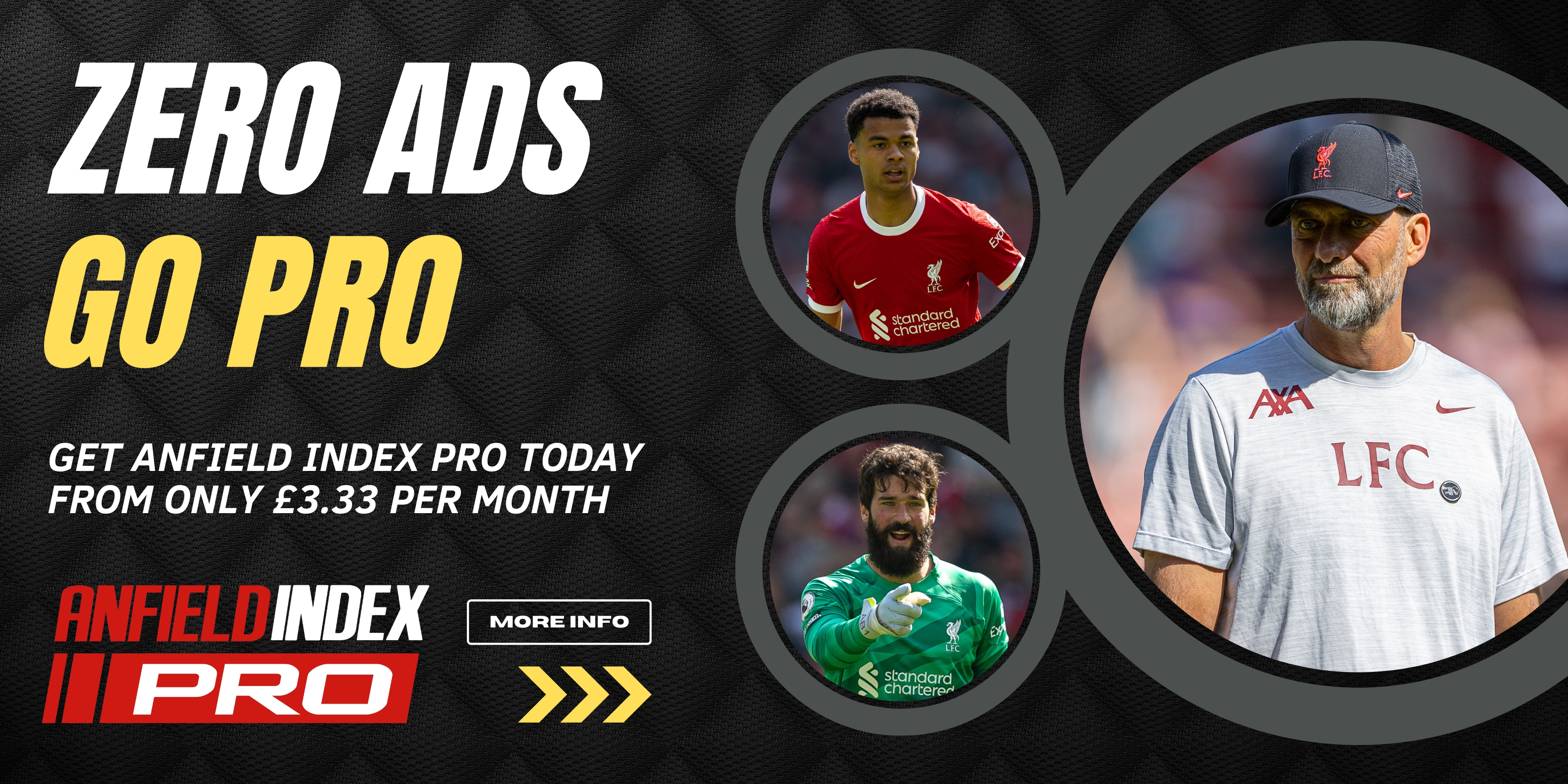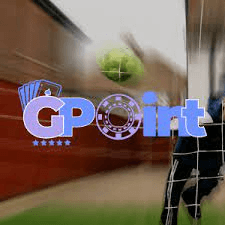In the first part of this series which tactically analyses Philippe Coutinho in various formations, systems, and structures, we examined the Brazilian magician in the 2013/14 diamond midfield within a 4-4-2. Check it out here. However, for the second part, I decided to look at the 3-4-2-1 formation in which Liverpool utilised in during the 2014/15 season and more importantly, where Coutinho saw a lot of success.
Brendan Rodgers’ 3-4-2-1 Formation
A 3-4-2-1 formation essentially works in 4 parts – the back-three which have similar roles to any other back-line with 3 defenders at the back, the wing-backs who have dual-purposes in defence and offence, the long striker up-top, and finally, where Coutinho resides, the box midfield (do read the benefits of a box-midfield).
Rodgers’ 3-4-2-1 begins pretty well – a centre-back like Martin Škrtel whose weaknesses are slightly masked by playing in the middle of the back-three, and being flanked by two side centre-backs who are comfortable on the ball and are more than happy to carry/pass it into midfield – Emre Can and Mamadou Sakho.
This is followed by energetic and fast wing-backs who can track back quick enough – Alberto Moreno on the left, and a handful of players on the right; from Lazar Marković (unfortunately), to Raheem Sterling, to Adam Lallana, but most successfully, Jordon Ibe. These two wing-backs flank a double-pivot, and support the two attacking midfielders who in turn, support the lone striker up-top.
(The 3-4-2-1 formation being used by Brendan Rodgers, with the back-three and box midfield being indicated. The position of Philippe Coutinho is also being indicated by the red circle.)
Philippe Coutinho as the Left-Attacking-Midfielder
Unlike the 4-4-2 diamond where he was played as an ‘8’ (essentially, a centre-midfielder whose role is to be the team’s playmaker), in a 3-4-2-1 formation with a box midfield, Philippe Coutinho plays as a left-sided attacking-midfielder. While he should be holding his position in order to maintain the box-shaped midfield, Coutinho actually plays in a free-role.
The amount of room Coutinho has to manoeuvre with is largely due to the players surrounding him. As said in Part 1 of this series, Philippe Coutinho works best with space already created for him, rather than having to create space himself. We will examine and discuss what each player in different positions does one-by-one that allows Coutinho to excel in this formation. But first, let’s look at what he likes to do on his own before accounting for anyone else.
(As seen above, even though Coutinho starts much higher up the pitch, he actually drops a tad bit to where a midfielder would be and prefers to initiate attacks from such areas.)
The first player we’ll look at is his corresponding wing-back on the left side that is Alberto Moreno. The Spaniard is well-known for being aggressively attacking-minded, often bombing the left flank when possible. His movement vertically up the pitch along the chalk of the side-line does a multitude of things – it forces someone to keep track of him be it the side midfielder, defensive-midfielder, or even his respective, defending right-back.
(The movement by Alberto Moreno as seen with the red arrows above shows the possibility of him drawing players away from the centre of the pitch. If the opposing right centre-midfielder (#8) tracks Moreno’s run as per the shorter white arrow, he leaves a hole in midfield as indicated by the black circle. This means that the defensive-midfielder (#6) has to step up to cover his teammate as seen with the yellow arrow, leaving Philippe Coutinho with only 1 player marking him. Alternatively, if the defensive-midfielder himself goes wide to track Alberto Moreno while #8 stands his ground against Coutinho, the Brazilian is yet again left with only 1 player marking him. Overall, the odds are in Philippe’s favour.)
To demonstrate the outcomes of the above a little further, let’s have a look at the next diagram.
(Assuming the opposing right centre-midfielder (#8) moves out to track Alberto Moreno while the defensive-midfielder steps-up to mark Coutinho instead, with his dribbling abilities and the capability to take-on defenders as well as leaving them in the dust, Coutinho is left in a very advantageous position when only 1 player is left to mark him. If and when he beats his marker, he is rewarded with an abundance of space, as seen with the white box above due to the lack of midfield players remaining.)
This, however, can be rectified by simply having another midfielder to drop and be a safety net just in case Coutinho does beat his marker in a 1-on-1, but if so, the other midfielders are free of markers and a simple pass will take all of the opposition’s midfielders out of the game. The opposing centre-backs can also play a higher line to try and cover the space left by their midfielders, but then again, it leaves them exposed to forwards who make use of their pace to get in-behind defenders. This perpetual headache can, will, and has disrupted defensive systems and structures.
Speaking of forwards, next up is the striker and Philippe Coutinho’s fellow attacking-midfielder on the right, which are usually Raheem Sterling and Adam Lallana respectively. Again, their movements in the final-third of the pitch creates sort of like a domino-effect in terms of leaving the original position vacant, only for another to occupy such a space thus leaving their space vacant again, and this happens continuously. The fluidity of the two attacking-midfielders plus Raheem Sterling who isn’t a typical kind of striker accentuates this near-perpetual movement and creation of space up-top.
(With Raheem Sterling and Adam Lallana moving away from their expected, initial positions in the formation as per the white arrows, looking from only the team’s perspective, Philippe Coutinho can look to carry the ball into the red circles, hence occupying the spaces which are now vacated by Lallana or Sterling. This is a representation of the aforementioned domino-effect.)
Last but not least, the benefits of a back-three comes into play, where the lower two of the box midfield contributes in excelling Philippe Coutinho’s effectiveness within the formation. Jordan Henderson who plays deeper in midfield has a tendency to make runs into final-third areas and even out wide, taking advantage of the space created by Sterling and Lallana as discussed earlier.
Assembling All the Tactical Movements
(The diagram shows as illustration of how the rest of the team moves as an implication of the domino-effect set-off by multiple players.)
Don’t get too flustered now; I’ll break the diagram above down to a few simple, easy-to-understand parts:
- Firstly, note the red circle – that’s where Coutinho loves to receive the ball, as we discussed earlier. Now, observe the space ahead of him just solely because he dropped so much deeper due to being granted a free-role. Without a fixed game-plan for him, his positioning is very much flexible and instinct-based.
- Next, observe the movements by Sterling and Lallana, which are similar to the prior diagram. As noticed, the wing-backs have the same-coloured arrows as Sterling and Lallana; this shows that they are the primary creators of space for this formation. They are the trigger to the bullet that is the team’s corresponding movements.
- The white arrows shows how Jordan Henderson pushes up from his half to the opponent’s half, even going as far as to make runs into the box. At the same time, the white box represents the area in which his midfield partner-in-crime (typically, Lucas Leiva) roams and holds.
- Emre Can has a tendency to abandon his position as a right-sided centre-back in order to join the midfield festivities. Such movements are seen with the yellow arrows. When Henderson pushes up, Emre Can fills the gaps; no numerical inferiority arises in midfield.
As a whole, whilst having the ball at his feet, Coutinho’s objective is simple – carry it out from midfield and get into dangerous positions that threatens the opposition’s defence. The almost perpetual off-ball running from his teammates (especially the forward players and wing-backs) will be tasked to create space for each other and ultimately, for Coutinho as well. By maximising the space being created for him, it minimises the amount of times Coutinho will get double-teamed, and with his superior dribbling ability, you want Coutinho in 1-on-1 situations against his marker.
The more 1-on-1’s Coutinho gets, the more likely he’ll take-on his marker and beat his man, the more space he’ll get into, the more options he’ll be presented with, the more….. You get the message.
In Short
The box midfield which accommodates 4 midfielders and having 3 forwards up-top simultaneously means that a lot more is going on in final-third areas of the pitch. The 3-4-2-1 formation also incorporates the wing-backs by encouraging them to push higher up the pitch, meaning that Alberto Moreno was allowed to make full-use of his attacking traits which ultimately opens up a variety of options for the team and Philippe Coutinho, especially.
Much like playing as the ‘8’ in a 4-4-2 diamond, the freedom to move away from the left-sided attacking-midfield spot has actually benefited Philippe Coutinho rather than the opposite. However, unlike its four-man-midfield counterpart, the added aggressiveness and attacking emphasis due to having only 3 defenders at the back aids the occurrence of off-ball movements in an increased frequency as well as having more players getting into dangerous areas more often.
Couple this with the Brazilian’s impressive dribbling, passing, and more recently, shooting ability from a distance, and you have a splendid magician who not only cuts his assistants in half, but also splits oppositions in half. Needless to say, a lot of what made Coutinho such an impressive player in the first half of 2015 is down to being in a free-role, making use of his tactical flexibility.
Stay tuned to more parts and instalments of this series of articles tactically analysing Philippe Coutinho in various positions and formations which attempts to breakdown what exactly Coutinho does that is so good, as well as how and why he is able to succeed in them. A magician swears by the Magicians Code – ‘a magician never reveals his secrets’ – but this series of articles will attempt to do so anyway.
Hey, it’s not me who’s the magician anyway.





















